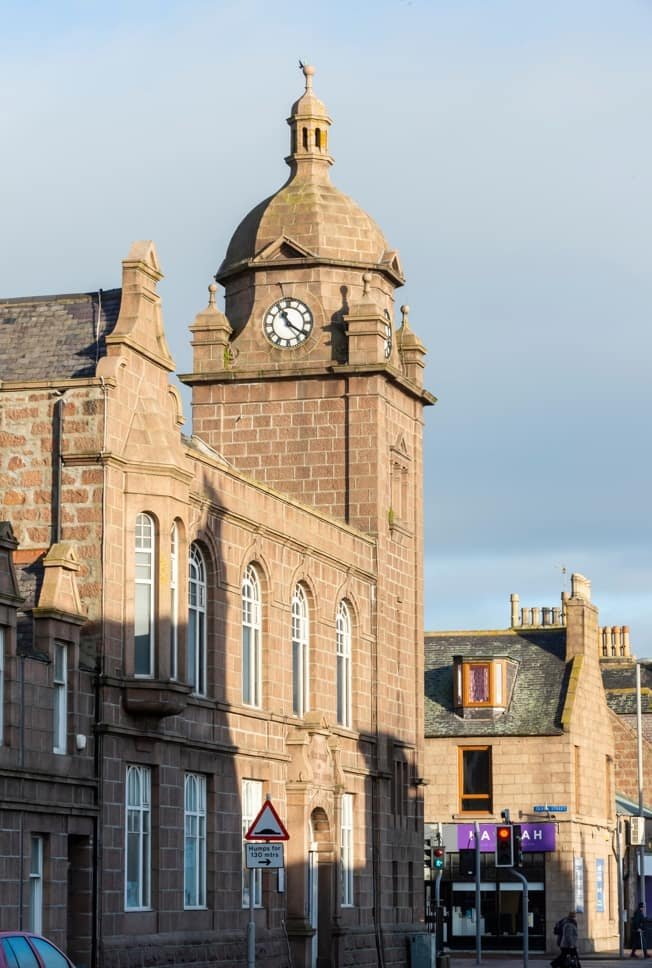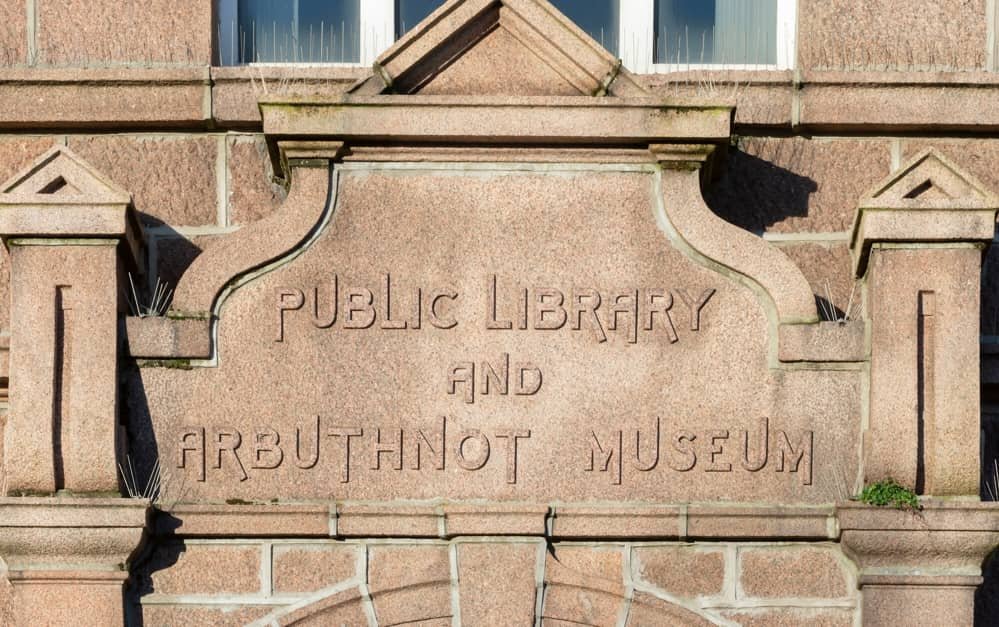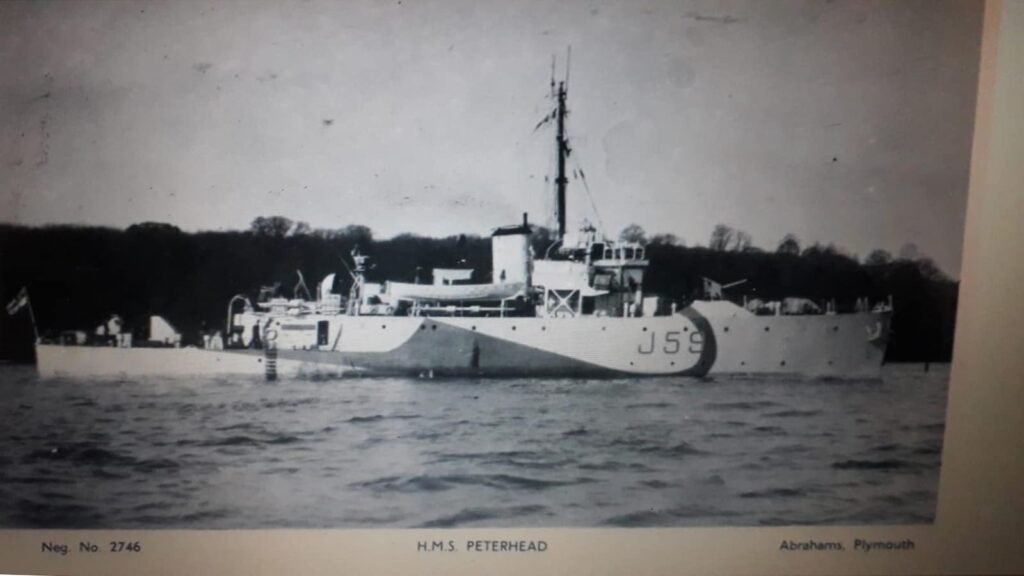The iconic Carnegie Building in the heart of Peterhead
The heart of Peterhead iconic Carnegie Building
Aberdeenshire Council is embarking on a search for a new operator of the iconic Carnegie Building in the heart of Peterhead.
Forming the original home of the town’s Public Library and Arbuthnot Museum, the St Peter Street property will shortly undergo a major conservation restoration as part of the wider Cultural Quarter project being supported by the UK Government’s Department of Housing, Communities and Local Government.
As part of the development of the Cultural Quarter in Peterhead, the library and museum will be moving to a dynamic new home at a refurbished and extended Arbuthnot House on the town’s Broad Street in the heart of Peterhead.
The Carnegie Building will then become available as a new venue offering the opportunity to cultural entrepreneurs, creative third sector organisations or social enterprises to find an inspiring place to deliver their creative vision.
Built in the 1890s and associated with the legacy of Andrew Carnegie, the Carnegie Building offers around 800 square metres of space over four floors including the iconic clock tower.
It is to undergo a sensitive restoration, including essential upgrades which will enable it to function as a modern, accessible multi-use cultural venue with the potential of a performance space, music and dance rehearsal studios and a vibrant café/bar.
The council’s Buchan Area Manager, Amanda Roe, explains: “This is a very exciting opportunity for a new tenant to take on the management of this historic building and create a vibrant new asset not just for Peterhead but the wider region.

“It will be a tremendous venue for live music and other live performances and from an educational aspect it will also accommodate dance and music schools or visual arts and design. The new facility will also provide the perfect showcase for emerging talent and the contemporary arts, designed to meet the cultural needs of a younger generation and increase the appeal of retaining young people in the area.
“We are really keen to see any approaches which support local businesses and increases employment and which strengthen the night-time and town centre footfall with an enhanced cultural offer.”
The council will also consider interest from property agents, hospitality and other commercial organisations where a social and cultural focus is evident. The tenant could be a charity, a community interest company or a private organisation, or a consortium comprising cultural and hospitality partners.
Parties are being invited to register their interest and to arrange viewings by emailing
eloise.grey@aberdeenshire.gov.uk









